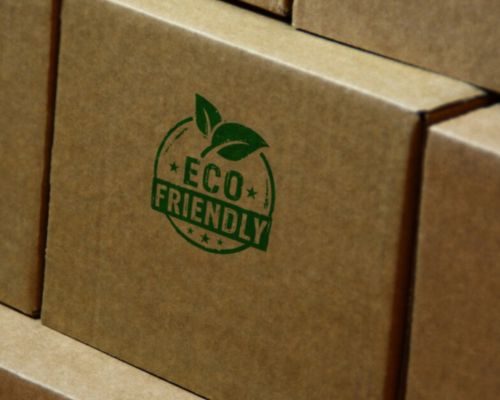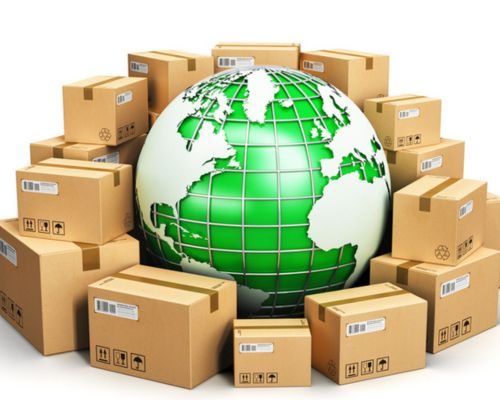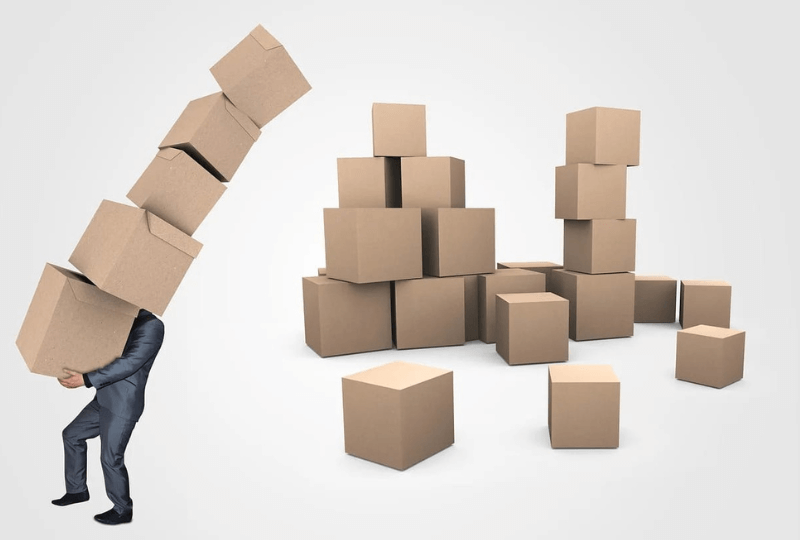In today’s environmentally conscious world, the significance of eco-friendly packaging for brands cannot be overstated. As consumers become more aware of the impact of their purchasing decisions on the planet, they are increasingly favouring products that come in sustainable packaging. This shift in consumer behaviour has compelled brands to reevaluate their packaging strategies and prioritize eco-friendly alternatives. In this article, we delve into the reasons why eco-friendly packaging is crucial for brands in today’s market landscape.
Table of Contents
ToggleWhat is Eco-Friendly Packaging?

Before delving into its importance, let’s understand what eco-friendly packaging entails. Eco-friendly or sustainable packaging refers to materials and methods used in packaging that have a reduced environmental impact compared to traditional packaging options. These materials are typically biodegradable, recyclable, or made from renewable resources, aiming to minimize pollution and waste.
The Importance of Eco-Friendly Packaging

Environmental Conservation:
One of the primary reasons brands are embracing eco-friendly packaging is its positive impact on the environment. Traditional packaging, often made from non-biodegradable materials like plastic, contributes significantly to pollution and landfill waste. In contrast, eco-friendly packaging materials decompose naturally, reducing the burden on landfills and minimizing environmental harm.
Meeting Consumer Demands:
With growing awareness about environmental issues, consumers are actively seeking products that align with their values. Studies show that a significant portion of consumers are willing to pay more for products packaged sustainably. By adopting eco-friendly packaging, brands can cater to this consumer demand, enhance brand reputation, and foster brand loyalty.
Regulatory Compliance:
Governments worldwide are implementing stricter regulations on packaging materials to curb environmental degradation. By transitioning to eco-friendly packaging, brands can ensure compliance with existing and future rules, mitigating the risk of penalties and legal issues. Proactively embracing sustainable packaging demonstrates corporate responsibility and a commitment to environmental stewardship.
Read More: Fast Food Packaging & Branding Design Ideas
Cost Savings in the Long Run:
While the initial investment in eco-friendly packaging materials may seem higher than conventional options, brands can realize cost savings in the long run. Sustainable packaging materials, such as recycled paper or biodegradable plastics, are becoming more affordable as demand increases and technology advances. Additionally, reducing packaging waste can lead to savings in disposal and transportation costs.
Differentiation and Competitive Advantage:
In a crowded marketplace, brands are constantly seeking ways to stand out and differentiate themselves from competitors. Eco-friendly packaging offers a unique selling proposition that resonates with environmentally-conscious consumers. By embracing sustainable practices, brands can distinguish themselves in the market, attract a wider audience, and gain a competitive edge. You may also like to read 15+ Helpful New Mom Care Package Ideas.
Brand Image and Reputation:
In today’s age of social media and instant communication, brand image and reputation are more critical than ever. Brands that demonstrate a commitment to sustainability and environmental responsibility are viewed more favourably by consumers. Eco-friendly packaging reinforces a brand’s values and ethos, enhancing its image as a socially responsible entity and fostering trust among consumers.
Conclusion
In conclusion, the importance of eco-friendly packaging for brands must be emphasized more. From environmental conservation to meeting consumer demands and regulatory compliance, the benefits of sustainable packaging are manifold. By embracing eco-friendly packaging, brands can not only minimize their ecological footprint but also enhance brand reputation, gain a competitive advantage, and foster consumer loyalty. As sustainability continues to drive consumer preferences, integrating eco-friendly packaging into branding strategies is not just an option but a necessity for long-term success in today’s market.
Read Our Latest Guide:
FAQs:
A: Eco-friendly packaging reduces environmental impact, meets consumer demands, and enhances brand reputation.
A: Common materials include recycled paper, biodegradable plastics, compostable materials, and renewable resources like bamboo or cornstarch.
A: Eco-friendly packaging reduces pollution, minimizes waste in landfills, and conserves natural resources.
A: Yes, governments worldwide are implementing regulations to promote sustainable packaging and reduce environmental harm.
A: Yes, while initial investment may be higher, long-term savings are realized through reduced disposal and transportation costs.
A: Absolutely, sustainable packaging offers a unique selling proposition that resonates with environmentally conscious consumers.
A: It reinforces a brand’s commitment to sustainability, enhances its image as a socially responsible entity, and fosters trust among consumers.

Meet Mary K, the talented author behind PackPaa. With a passion for innovative packaging solutions, Mary shares insights and expertise to elevate your business.





